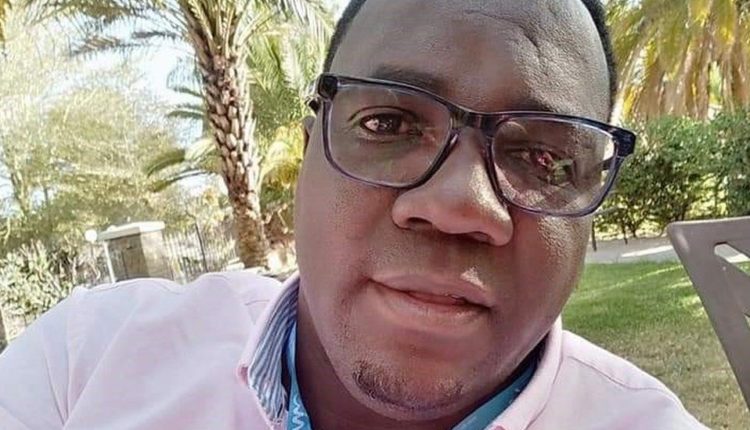Former Namibian footballer Marley Ngarizemo has lost 15 relatives including his father, brother, sister-in-law and an aunt since the third wave of Covid hit the southern African nation last month.
Another six currently are in hospital.
“You do not know whether the world is ending,” says the 42-year-old, who played for Namibia at the 2008 Africa Cup of Nations.
“You can compare it to a tsunami, you can compare this to a volcano, you can compare it to genocide. I don’t know. It’s like there is poison in the water, and every drop you take might have it, or might not have it.”
Namibia, which has a population of 2.5 million, currently has the world’s highest daily death rate, at 22 per million people, according to Our World in Data. Tunisia has the second worst rate at 13 and Suriname the third at 10.
To help cope with the continuing rise in cases, the government has built makeshift hospitals to accommodate patients. But even with those, health facilities and healthcare workers cannot keep up.
Not only are the number of sick Namibians rising, but so are the number who need to be treated in hospital.
The new isolation centre at the main hospital in the capital, Windhoek, is an unassuming building.
It looks like it was dropped into the middle of the car park.
Oxygen shortage
Before they enter the ward, the nurses have to put on full protective equipment, with multiple layers of masks and gloves, and special boots. It takes 15 minutes.
The nurses are constantly going through this procedure so that they are able to monitor the the oxygen levels of patients, most of whom are sleeping or are in a semi-conscious state. BBC


Comments are closed.